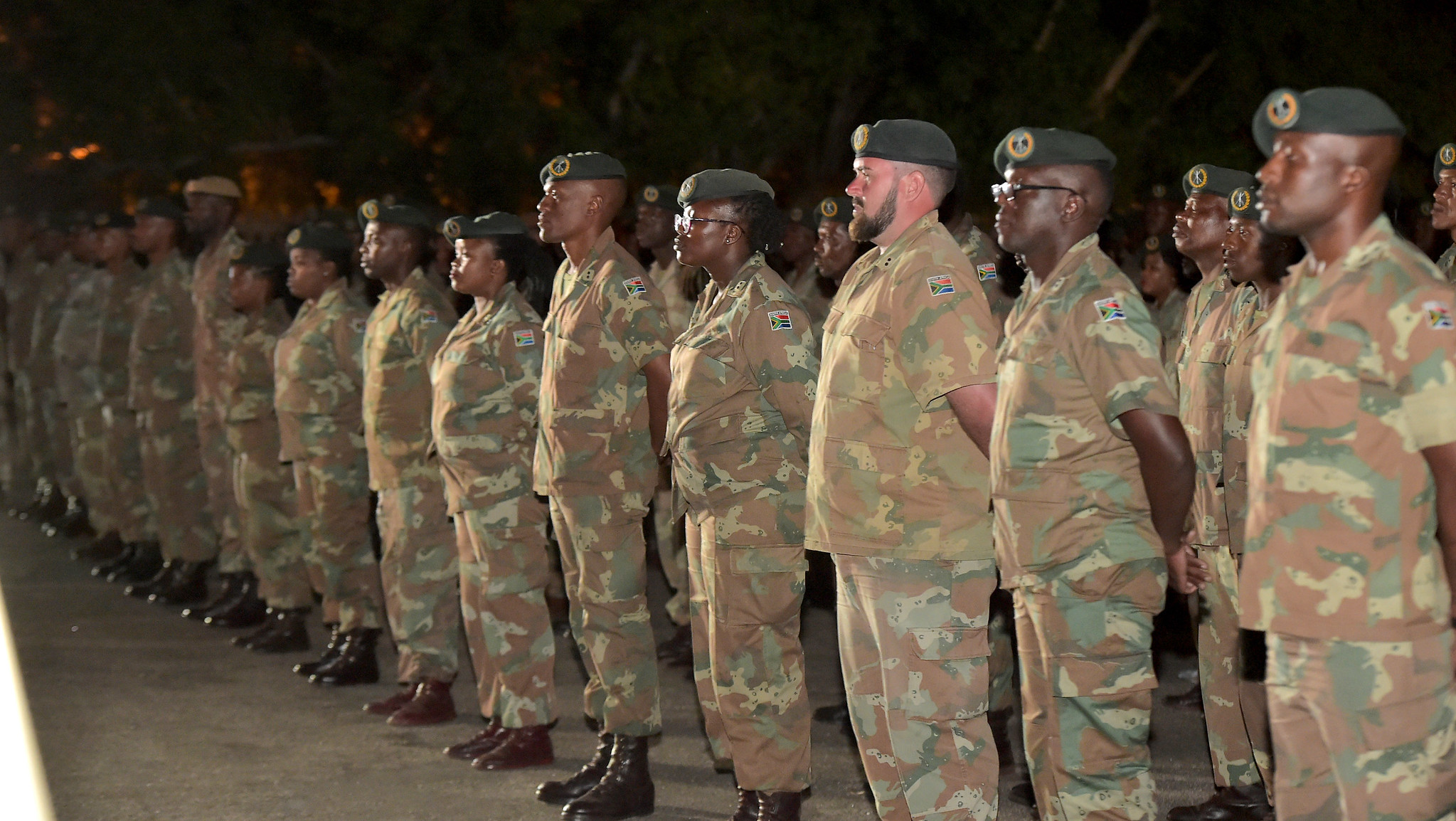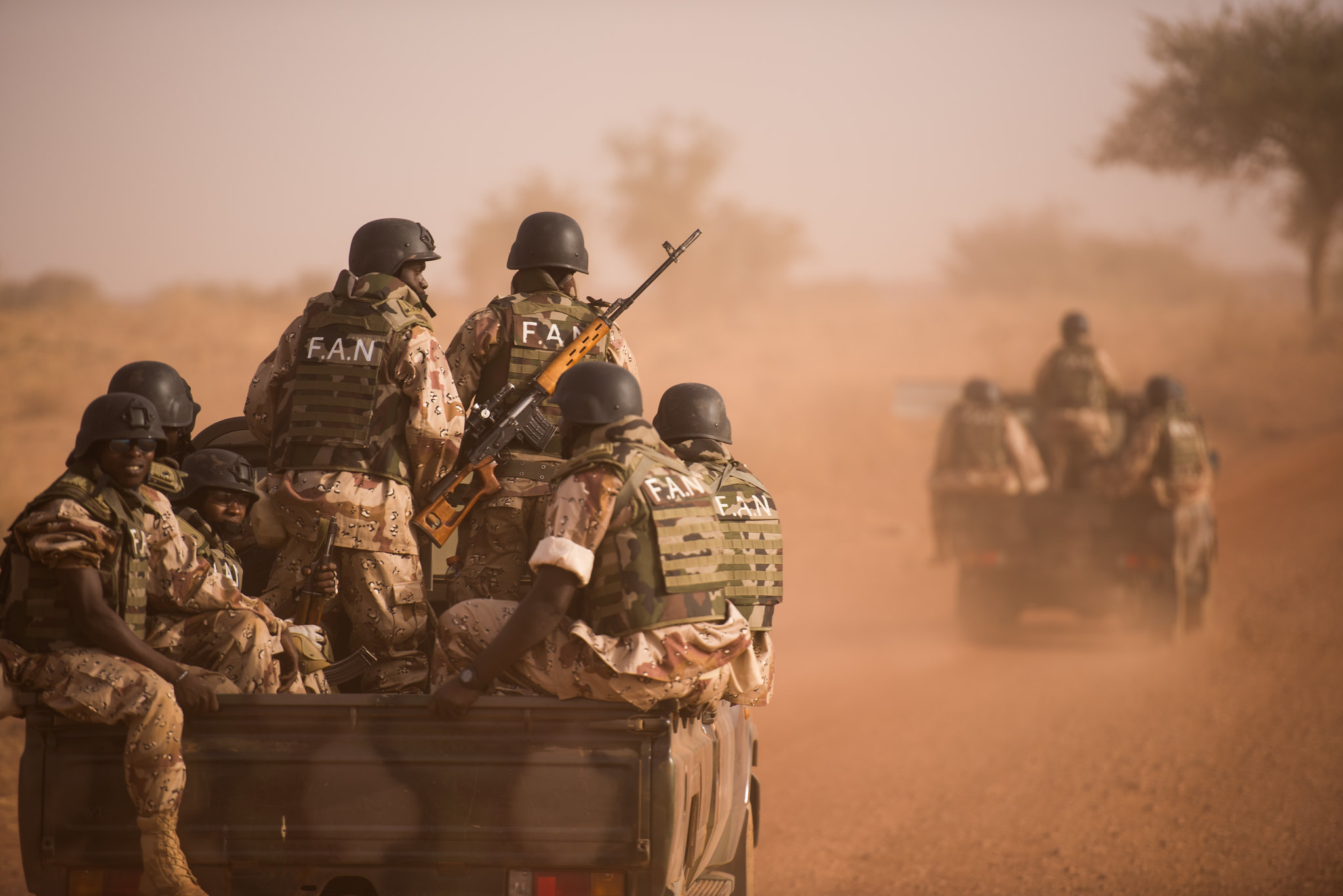The growing threat of violent extremist groups and how these groups operate across borders has stimulated the emergence of a new type of security arrangement in Africa. These Ad-hoc arrangements are providing greater accountability and flexibility than more established security agreements, write Cedric de Coning and Andrew E. Yaw Tchie.
In the aftermath of the 9/11 attacks on the United States, several violent extremist groups started to operate in Africa. These groups found a foothold in places such as the Sahel, Lake Chad Basin, and Somalia where there were long-standing centre-periphery grievances and economic and political marginalisation.
The nature of this new threat, and the shortcomings of the existing security arrangements, led to an innovative new type of security arrangement. These are coordinated through a joint headquarters in recognition of the way these groups move freely over national borders in remote regions. But, unlike previous arrangements, countries responded with security operations within their borders, and occasional hot pursuit or joint operations across shared borders. These new arrangements are called Ad-Hoc Security Initiatives (ASI) because they are not established in the existing continental security architecture.
The African Union (AU) authorised the first of these ASIs, called the Regional Cooperation Initiative for the Elimination of the Lord’s Resistance Army, in 2011. The second was the Multinational Joint Task Force against Boko Haram in the Lake Chad Basin in 2015 which is still ongoing. The third ASI arrangement was the 2017 Joint Force for the G5Sahel which is also ongoing. A new ASI is being planned across coastal West Africa where Member States of the Accra Initiative (Benin Republic, Burkina Faso, Cote d’Ivoire, Ghana and Togo) have agreed to operate a Multinational Joint Task Force to tackle the spread of terrorism and transnational organised crime. More ASIs are likely to emerge in the coming years.
ASI explained
Four unique characteristics set ASIs apart from other peace operations.
First, they respond to a shared transnational threat and are specifically aimed at managing security in an area where two or more national borders meet. Most other United Nations (UN) and AU peace operations are deployed within the borders of one country.
Second, they are made up of security forces that mostly operate within their own national territories (with provision for hot pursuit cross-border operations and occasionally pre-planned joined operations). All previous UN and AU peace operations have been made up of personnel deployed to a third country. Using a country’s own forces in its territory as part of a regionally coordinated operation is a unique innovation and solves several problems that international peace operations have grappled with. For example, using domestic troops removes any legal ambiguities as they are operating within their own jurisdiction. They are accountable to their national laws when it comes to using force and in the event of any misconduct. They are also likely to know local customs and languages and are therefore less likely to be perceived as a foreign presence; this should also improve their ability to gather intelligence and foster good relations with the affected communities. It also means that these forces can rely on national command, control, and support arrangements, and can be strengthened, re-supplied or rotated more easily than if they were part of an international deployment in a third country.
Third, these operations are coordinated by a joint multinational headquarters arrangement. The headquarters are focused on the combined effect of the national operations, facilitating information and intelligence sharing among the countries and forces involved. The HQs are responsible for coordinating political and material support with international partners, rather than on the operational command of troops.
Fourth, as these are essentially national operations, with occasional cross-border hot pursuits, the overall operations do not need to be notified to the UN Security Council to be authorised under international law. They operate under their national legal frameworks, bilateral collective defence agreements, or based on the right to seek help from others for self-defence. All ASIs still request authorisation from the AU Peace and Security Council (PSC) and recognition from the UN Security Council because this increases their political legitimacy and formalises their objectives. This is often vital for international partners, some of whom require such endorsements before they can provide financial and material support to these operations.
ASI or ASF?
ASIs emerged because they offered a unique context-specific response to armed groups who operate in a region, but across international borders. Their recent success calls into question some of Africa’s existing security infrastructure.
The AU’s African Standby Force (ASF) is designed to allow countries to deploy forces into host countries. But it places limits on what the host country can do to support. According to this model, a country like Nigeria could not be a member of an Economic Community of West African States force deployed in its own territory. This model limited Nigeria’s capacity to counter Boko Haram in the north of the country. Nigeria and its neighbours recognised the transnational nature of the armed group it was dealing with and agreed a regional approach to the problem. Neither the ASF nor UN peacekeeping operations were designed for such a transnational operation.
As the ASIs consist of national forces operating in their national territory it also partly solves the resource and funding issues that have been a major stumbling block for the deployment under the ASF model. Each country is responsible for the cost of its own operations, and the only financial support arrangements that are needed are for the joint headquarters. Although international partners are supporting some national forces with fuel and rations as well as training and equipment.
Whilst ASIs may have the authorisation, endorsement, and support of the AU and the UN, they are not deployed under their command. Instead, those organisations are limited to facilitating political and material support. This has enabled them to be more reactivate to the realities on the ground, and this has reaped operational success. The ASF Concept is currently being revised and perhaps its next iteration will be flexible enough to accommodate the type of Ad-hoc Security Initiatives that are in increasing demand.
Photo credit: Natural Fire 10 used with permission CC BY 2.0






Very concise and insightful. This will be a useful resource for my students in Defence and Security Studies